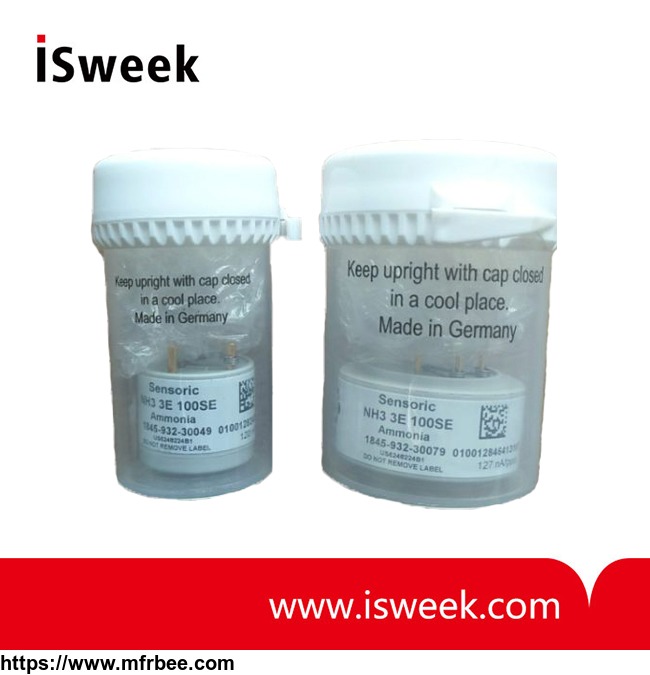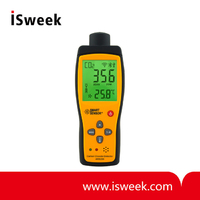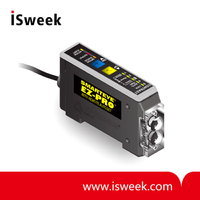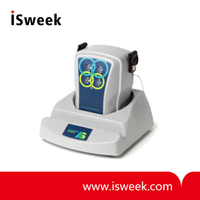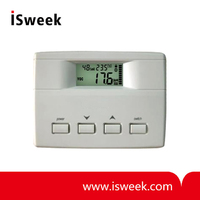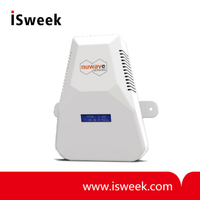NH3-3E100SE Ammonia Sensor (NH3 Sensor)
Product Quick Detail
- Minimum Order
- 1
- Place Of Origin
- United Kingdom
- Brand Name
- City Technology Ltd
- Packaging
- N/A
- Delivery
- 15 Days
Specifications
NH3-3E100SE Ammonia SensorNH3 Sensor Description
NH3-3E100SE Ammonia Sensor, 3 Electrode sensor; available in Mini, Classic, 4-Series and 7-Series formats.
NH3-3E100SE Ammonia Sensor NH3 Sensor FEATURES
• Amperometric 3 electrode sensor cell
• Very stable zero reading
• Very selective
• Highly sensitive
• Hydrous electrolyte
NH3-3E100SE Ammonia Sensor NH3 Sensor TYPICAL APPLICATIONS
• TLV-monitoring, leakage detection
• portable & fixed point applications
• Food & Refrigeration Industry, General Industry, Semiconductor Industry
NH3-3E100SE Ammonia Sensor NH3 Sensor PART NUMBER INFORMATION
|
Mini |
1845-932-30009 |
|
Sensoric Classic |
1845-932-30069 |
|
CTL 4 series adaptation |
1845-932-30049 |
|
CTL 7 series adaptation |
1845-932-30079 |
NH3-3E100SE Ammonia Sensor NH3 Sensor TECHNICAL SPECIFICATIONS
|
Measuring Range |
0-100 ppm |
|
Sensitivity Range |
130 nA/ppm ± 30 nA/ppm |
|
Zero Current at 20°C |
< ± 100 nA |
|
Resolution at 20°C |
< 1 ppm |
|
Bias Potential |
0 mV |
|
Linearity |
< 10% full scale |
|
Response Time at 20°C t50 t90 |
< 20 s calculated from 5 min. exposure time < 60 s calculated from 5 min. exposure time |
|
Long Term Sensitivity Drift |
< 5% per 6 months |
|
Operation Conditions Temperature Range Humidity Range |
-20°C to +40°C 15-90% r.H, non-condensing |
|
Effect of Humidity Sensor Life Expectancy Warranty |
> 24 months in air* 12 months |
* Background concentrations of ammonia might shorten life time of sensor.
- Country: Hong Kong
- Market: Europe
- Founded Year: 2014
- Contact: Rita yu
